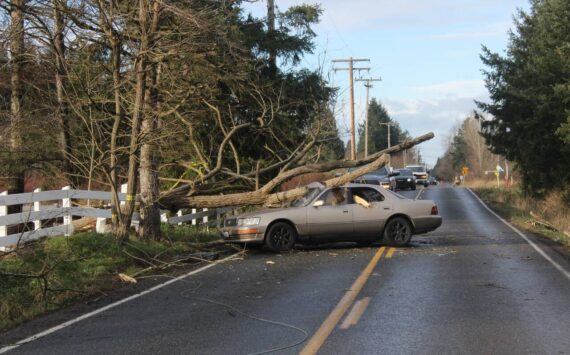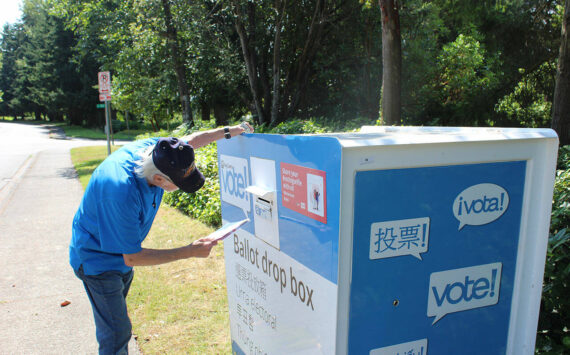The Port of Tacoma posted progress in the second year of a regional cooperative effort to reduce port-related diesel and greenhouse gas emissions.
The Northwest Ports Clean Air Strategy Implementation Report outlines progress by the Port and its regional partners, the ports of Seattle and Vancouver, B.C., to meet jointly established short- and long-term clean air goals for ships, cargo-handling equipment, rail, trucks and harbor craft.
The goals were adopted in early 2008 as part of the ground-breaking Northwest Ports Clean Air Strategy ( http://www.portoftacoma.com/Page.aspx?cid=1898 ). The implementation report ( http://issuu.com/portoftacoma/docs/cleanair2009report ) calls out the annual progress achieved by all three ports through their cooperative relationships with customers, tenants, and air and environmental regulatory agencies.
Port of Tacoma tallied the following 2009 results:
— SHIPS —
Half of the ships that call frequently at the Port met the 2010 goal of using distillate fuel at berth. This is down 7 percent from 57 percent in 2008 because one shipping line with frequent calls in 2008 left Tacoma in June 2009, and another shipping line interrupted a service for much of 2009. Shipping lines that support the clean-air standards by using distillate fuels at Tacoma docks include Evergreen Line, “K” Line and Horizon Lines.
— CARGO-HANDLING EQUIPMENT —
Seventy percent of cargo-handling equipment met the 2010 goal of U.S. Environmental Protection Agency Tier 2 or Tier 3 engines running on ultra-low sulfur diesel or biodiesel. State and federal grant-funded retrofits and replacements boosted this significant progress from 47 percent in 2008. All Port-owned diesel equipment uses ultra-low sulfur fuel or biodiesel blend.
— RAIL —
The Port again supported its rail operators’ participation in the U.S. EPA SmartWay program, which calls for cleaner engines and fuels, idle-reduction and energy efficiency programs, and adopting new technologies as they become available. All switching locomotives serving the Port use ultra-low sulfur diesel, as they did in 2008. In addition, Tacoma Rail added idle-reduction devices on six of its switching locomotives, making 10 of the rail line’s 18 locomotives cleaner.
— TRUCKS —
Ninety percent of the drayage trucks serving the Port met the 2010 goal of 1994 or newer model year emission standards. That’s up from 86 percent in 2008. The Port actively promotes the 15 trucking companies that support the standards, and will introduce a sticker program this fall that identifies individual trucks meeting the standards. The report also outlines efforts under way for 2010 and beyond to meet the more stringent 2015 standards.




